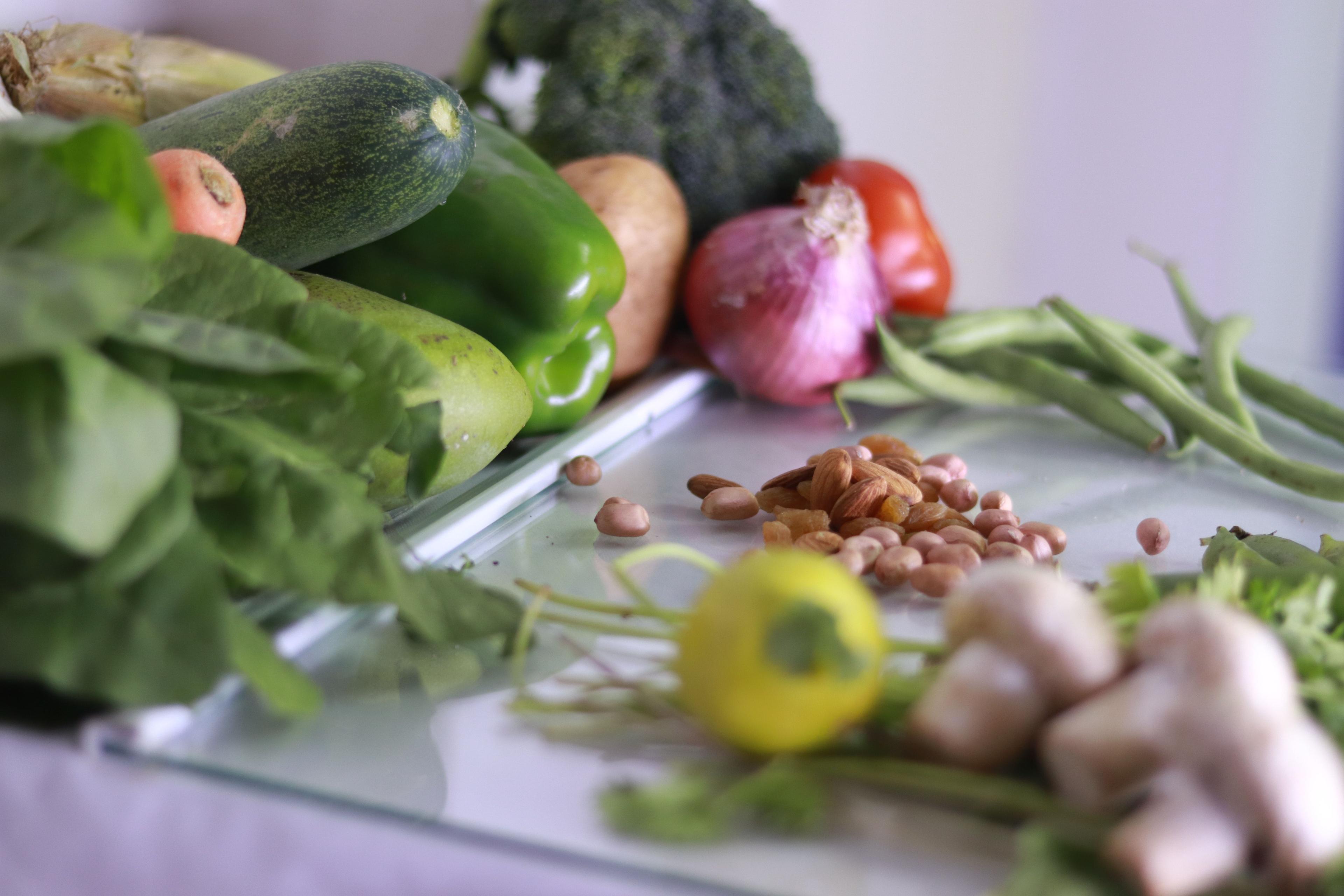Microgreens: with what and why you should eat it?
Microgreens – this concept has become “our” in modern food culture. It is worth remembering that these are not sprouts, the growing cycle of which is from two to seven days. These are full-fledged plants with leaves, which are collected on the seventh or twenty-first day, depending on the species. The main requirement is that absolutely everything should be edible: from the stem to the leaves. So you need to monitor the sprouts carefully and not lead to full maturation when the stems become stiff.
The main types of microgreens:
- cruciferous species: cauliflower, broccoli, cabbage, watercress, radish and arugula;
- Compositae species: lettuce, endive, chicory and radicchio;
- celery group: dill, carrots and celery;
- amaryllis species: garlic, onion, leek;
- amaranth group: amaranth, chard, beets and spinach;
- pumpkin species: melon, cucumber and pumpkin.
In addition to these plant species, microgreens are obtained from rice, oats, wheat, corn, barley, chickpeas, beans and lentils.
Benefits of microgreens
The main benefit of these plants is that the grain during germination activates its full potential. It is a powerful charge of vitamins, proteins and trace elements. Microgreens is not just germinated seed. It carries all the energy reserve of the grain; it contains the plant growth hormone Cytoxan, which stimulates cell division. Microgreens also contain a natural growth stimulant – auction.
The benefits of microgreens are huge because the product has the maximum concentration of nutrients needed by the body. It differs in that it is young week-old sprouts that have not yet absorbed harmful substances of the environment. Microgreens do not have the bitterness inherent in other greens.
It is possible to use the seeds of plants that we usually do not eat: radishes, mustard, and sunflower.
Where to add microgreens
It can be added to salads, side dishes, and sandwiches, as decoration for toast, and it will be useful in green smoothies. If you have not eaten all the microgreens immediately after cutting, rinse the greens thoroughly, wrap them freely in a paper towel and store them in the refrigerator for up to three days.
How to grow microgreens at home
To grow small greens in your kitchen, bedroom or balcony, you will need micro-green seeds, a container with ready-made soil or compost. Alternatively, you can use a special disposable mat. And, of course, sufficient sunlight or ultraviolet light, ideally – for 12-16 hours a day.
Then you need to plant the seeds in a container with soil, lightly water and cover it with a lid. Check daily that the soil retains moisture. After a couple of days, when the microgreens germinate, you can move it closer to the light and open the lid. Do not forget to water it once a day while they grow and acquire colour. And in a week you can harvest.









